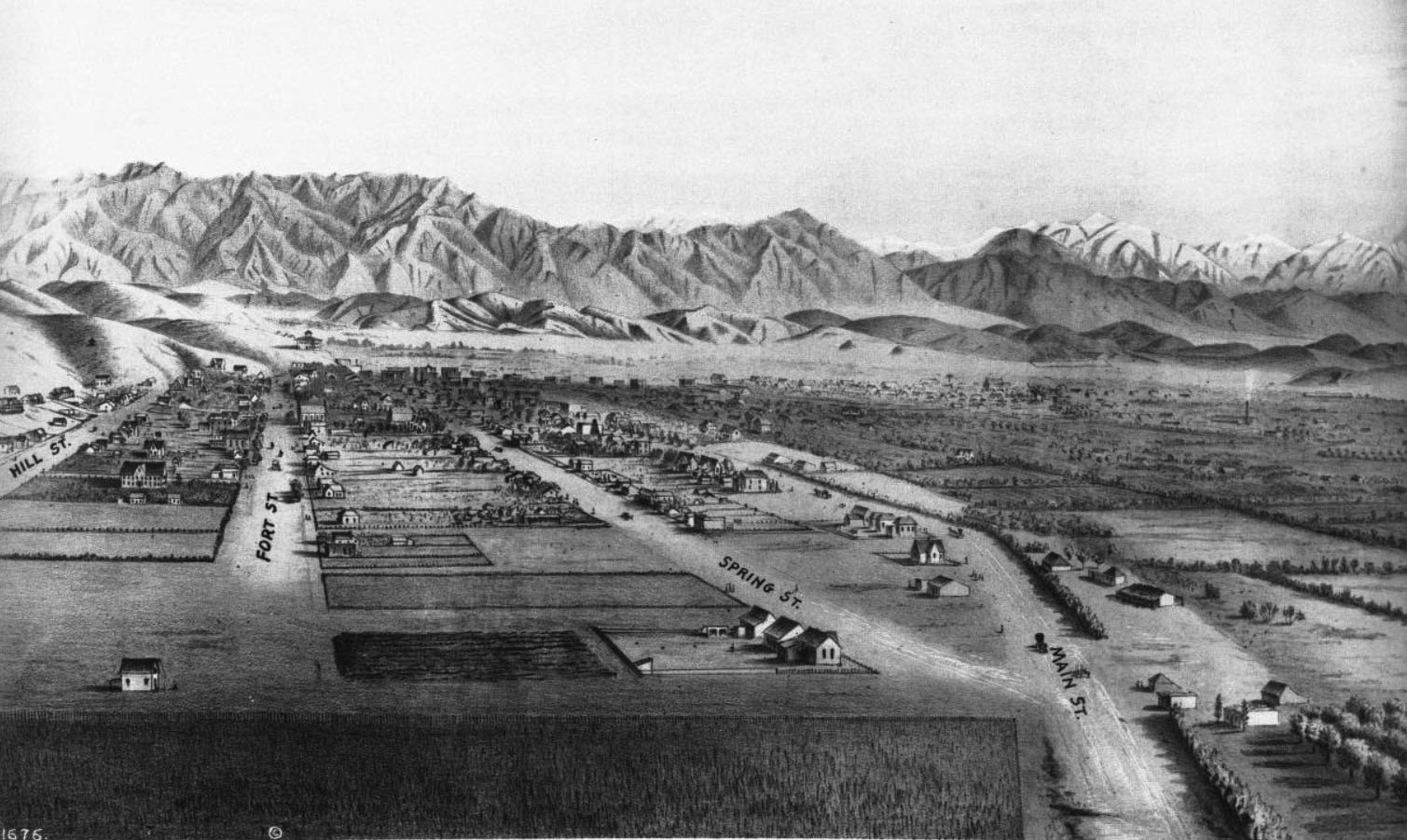TL;DR -- On FB, I saw an article that reminded us that the author had created a related blog which contains very good articles. On browsing, we ran into Charlotte (Coffin) Gardner. She kept a journal on her 3-year voyage with her husband and son. Along the line, she mentions New Englanad folks and natives as well keeps record of their progress along the continents to the Cape and back up. Names overlap our earlier research. So, we will recoup the interest level.
---
An article today on Facebook got me to looking at the articles of Melissa Berry on her blog. Here is an example article in American-Archives. The topic is a wive who went on a three-year voyage with her husband from New England around Cape Horn and up to San Francisco and Washington State.
These links point to pertinent material about Charlotte and to a Journal that she kept during the voyage. She is a descendant of John son of Thomas and Margaret. Her husband is a descendant of Richard, brother of John.
One thing that is of interest would be to use Google's map to follow her on the voyage. The next link goes to a view of the western hemisphere with a location marked.
There were many stops mentioned in the book. Here are three Wikipedia articles. We will have more. In addition, Charlotte marks her location on a regular basis as the above Google map shows.
In the articles and in the blog, there are many names mentioned lots of which are familiar from our studies of New England with some being kin of various sorts. Too, we have a theme of the long reach of New England which our posts on Bunker Hill West which is in Downtown Los Angeles show.
A few years ago, we did posts on the barque, Bostonian, that was owned by Hentry Gardner and his brother. In that material, we learned a little bit about the nautical ways after spending lots of time looking a movements across the middle of the vast area of the U.S. The Bostonian wrecked in 1850 along the Oregon coast. The pilot was noted as Capt. Boyling.
Charlotte, in her blog, mentions Capt. Boyling which got our attention. So, as well as studying her Journal, we will pick up our study of the barque, Bostonian. Again, here are a few related postts.
- The Gardiner that was
- Some info on merchandise handled by the Gardners --
- Gardiner’s Rheumatic and Neuralgic Compound
- General search on the Bostonian
11/13/2025 --







